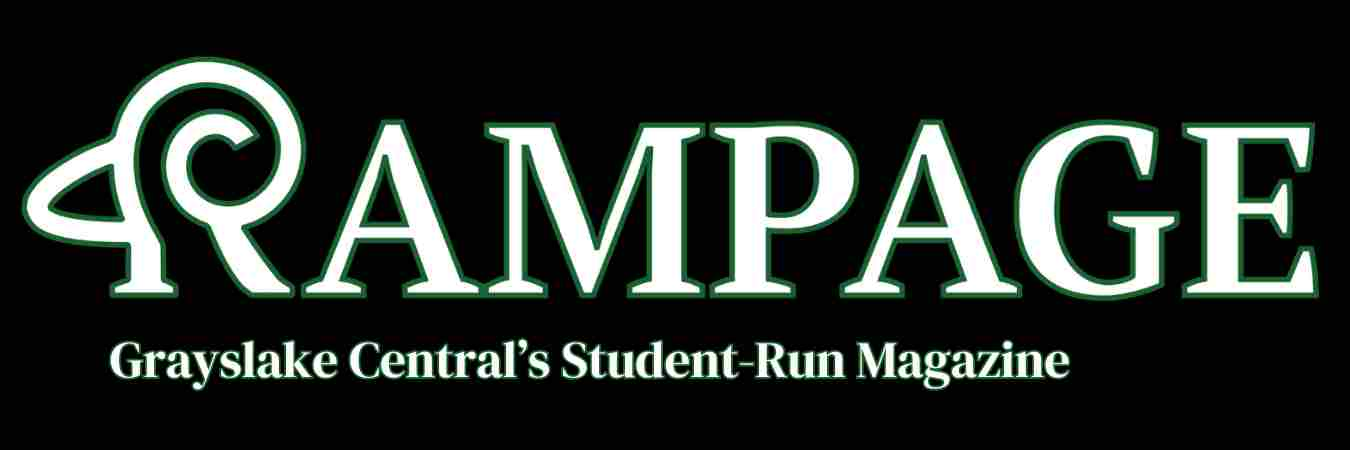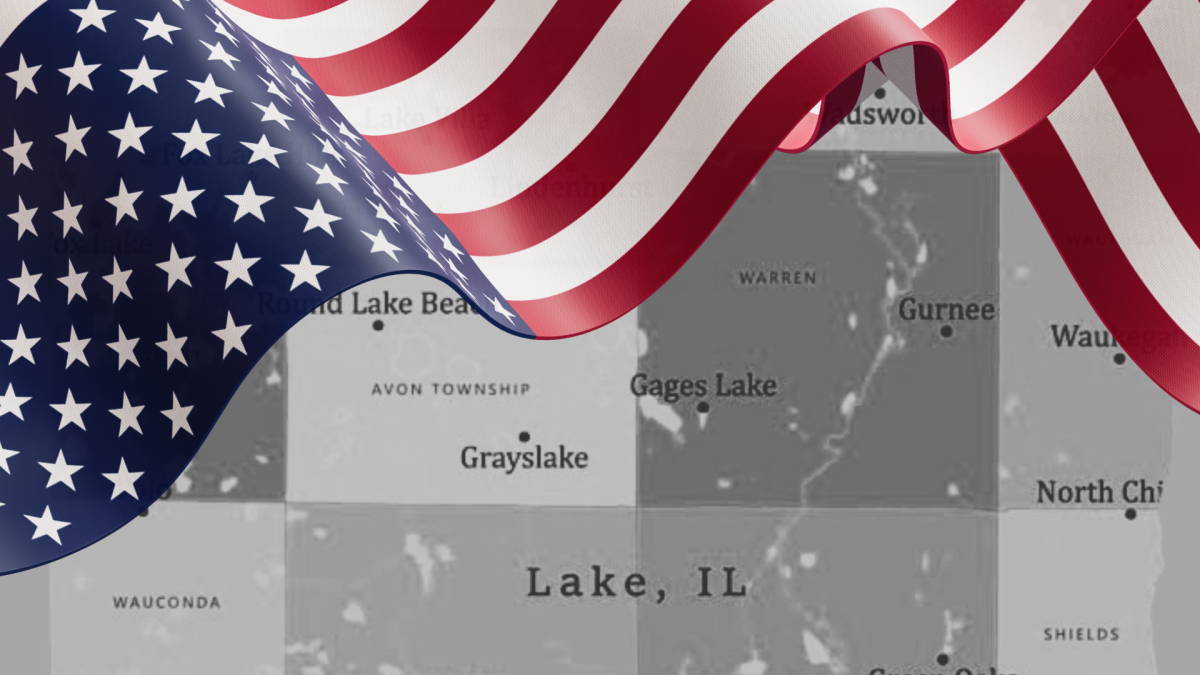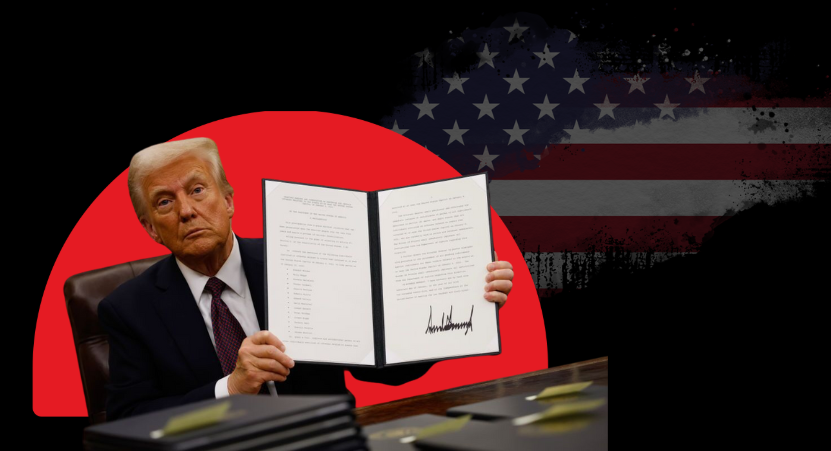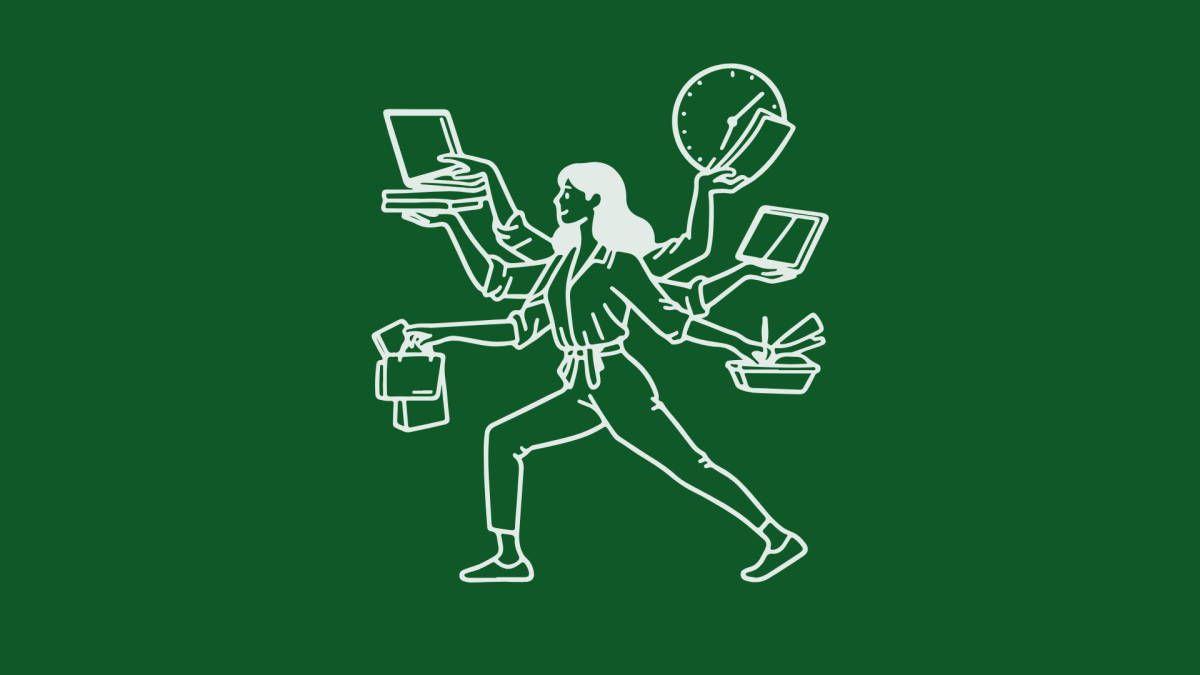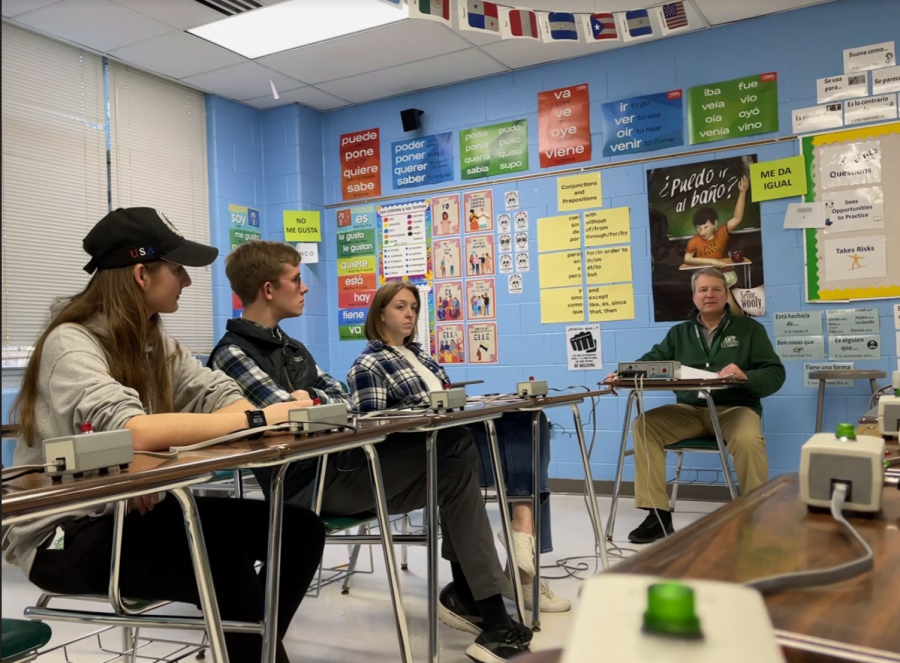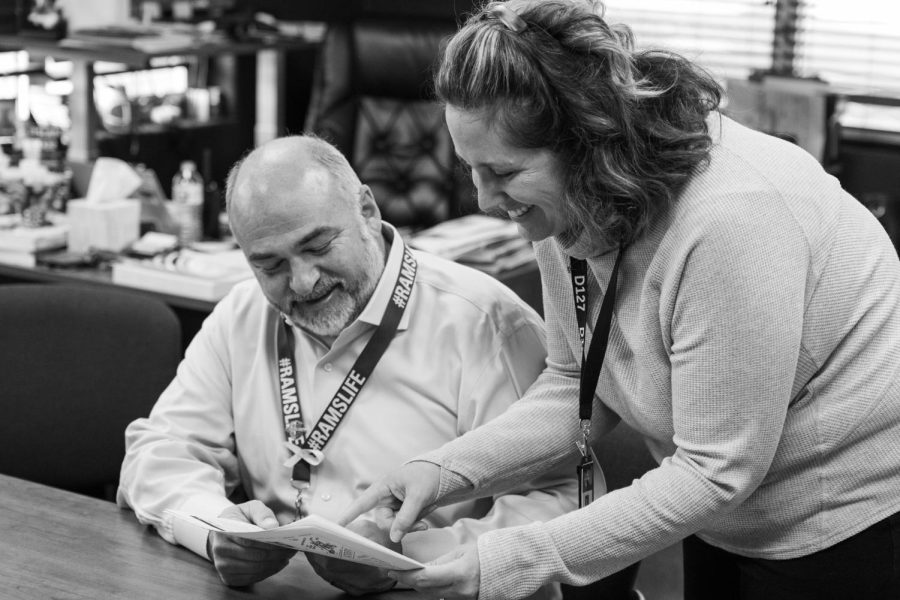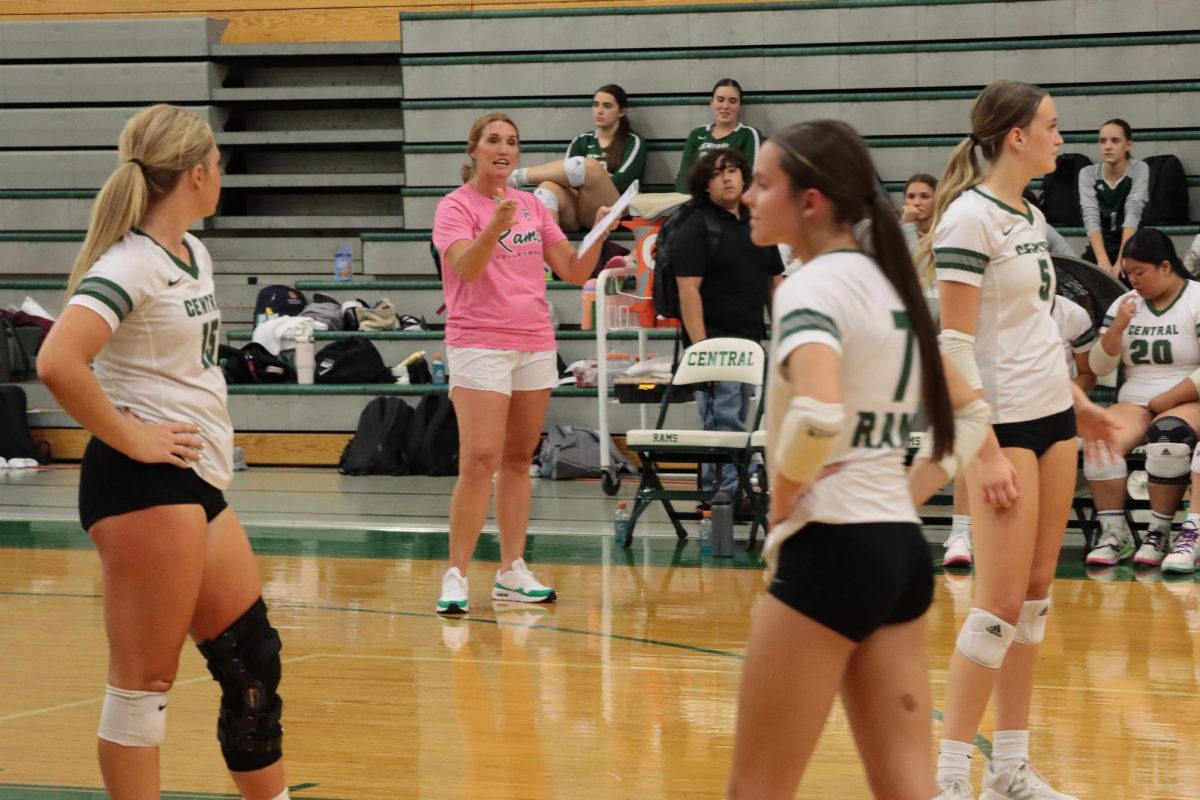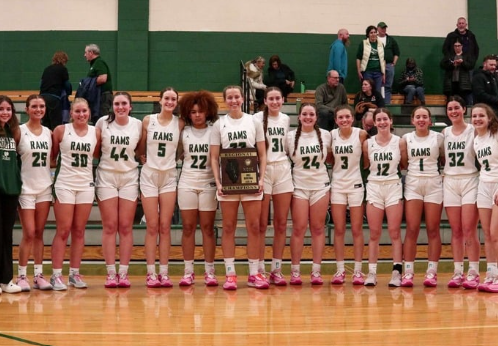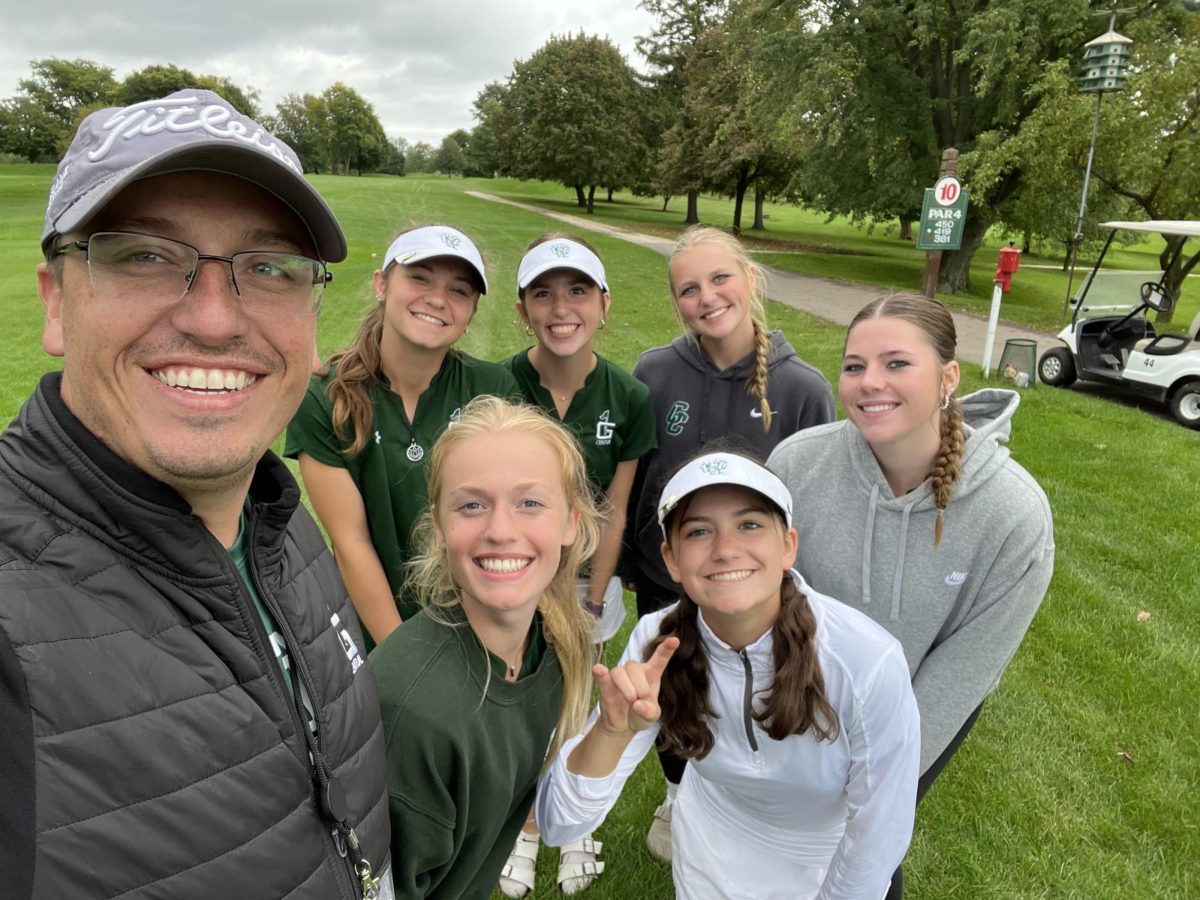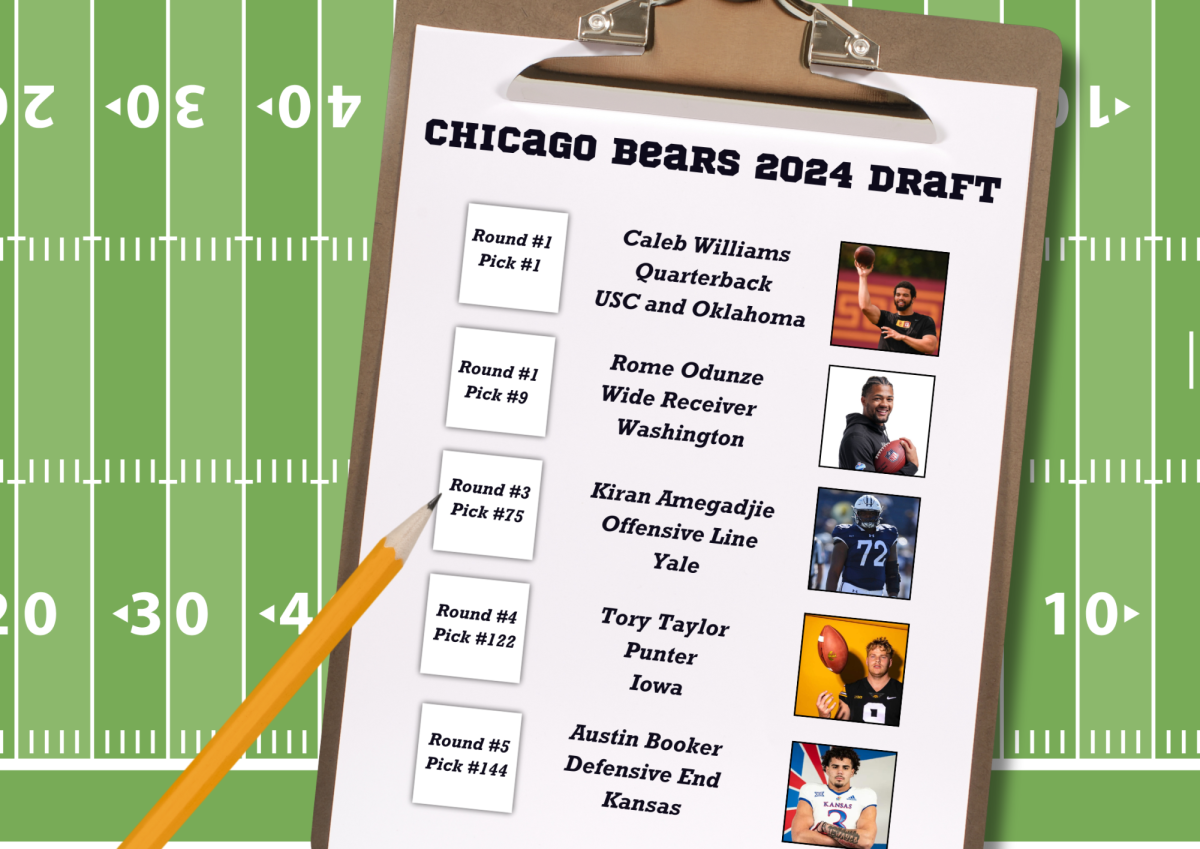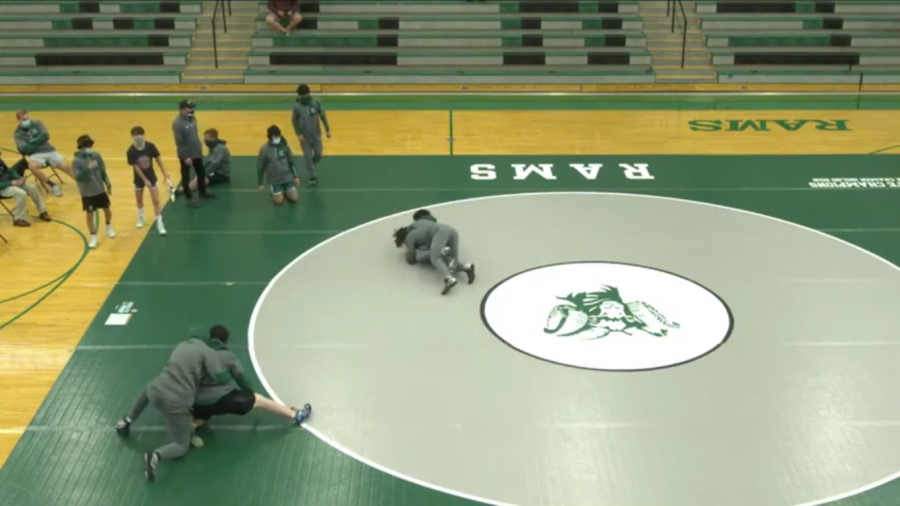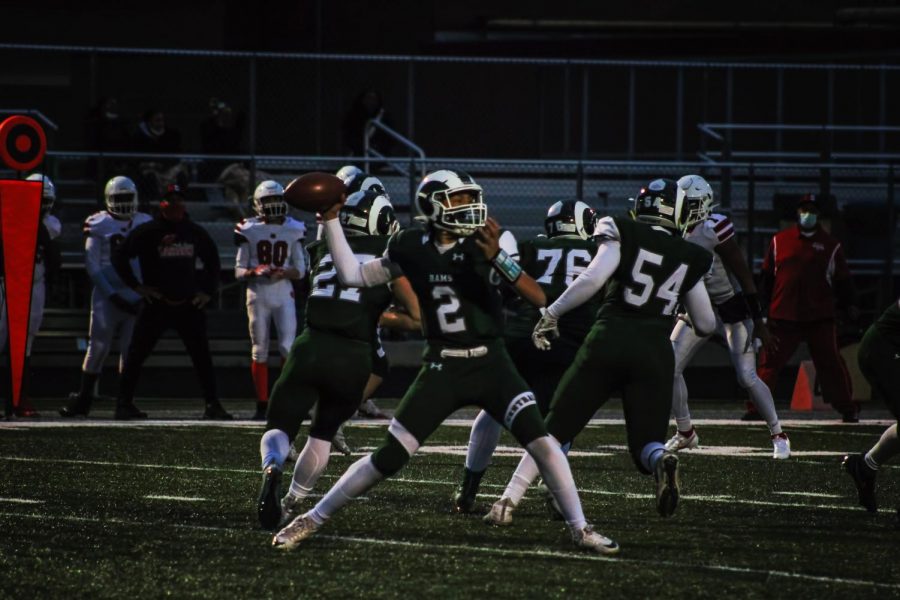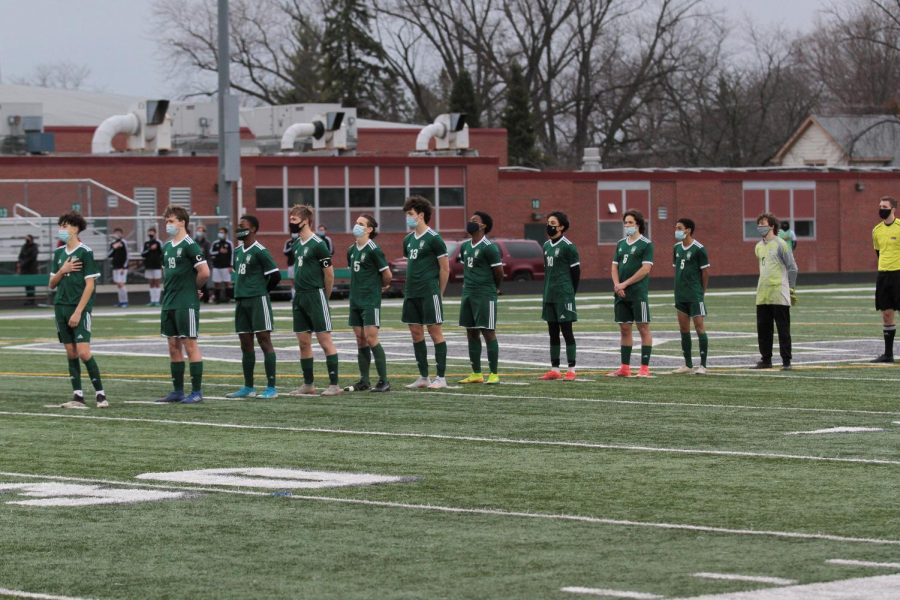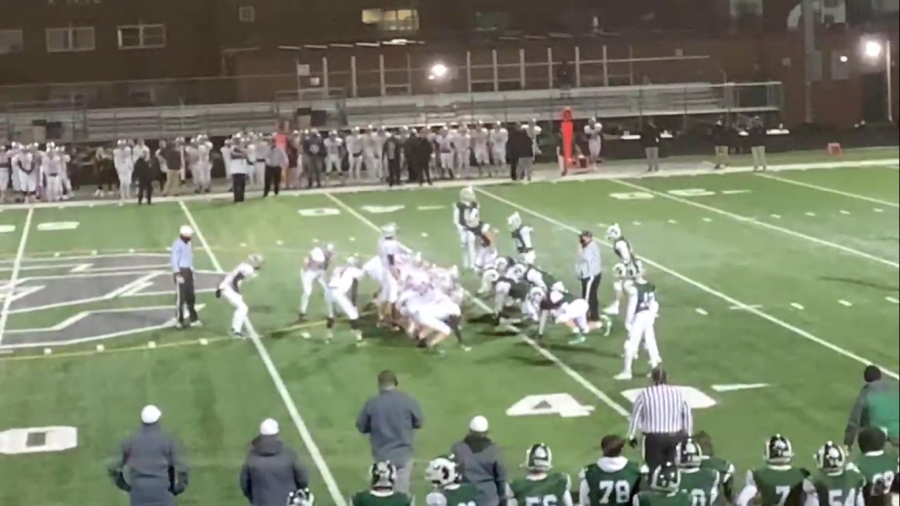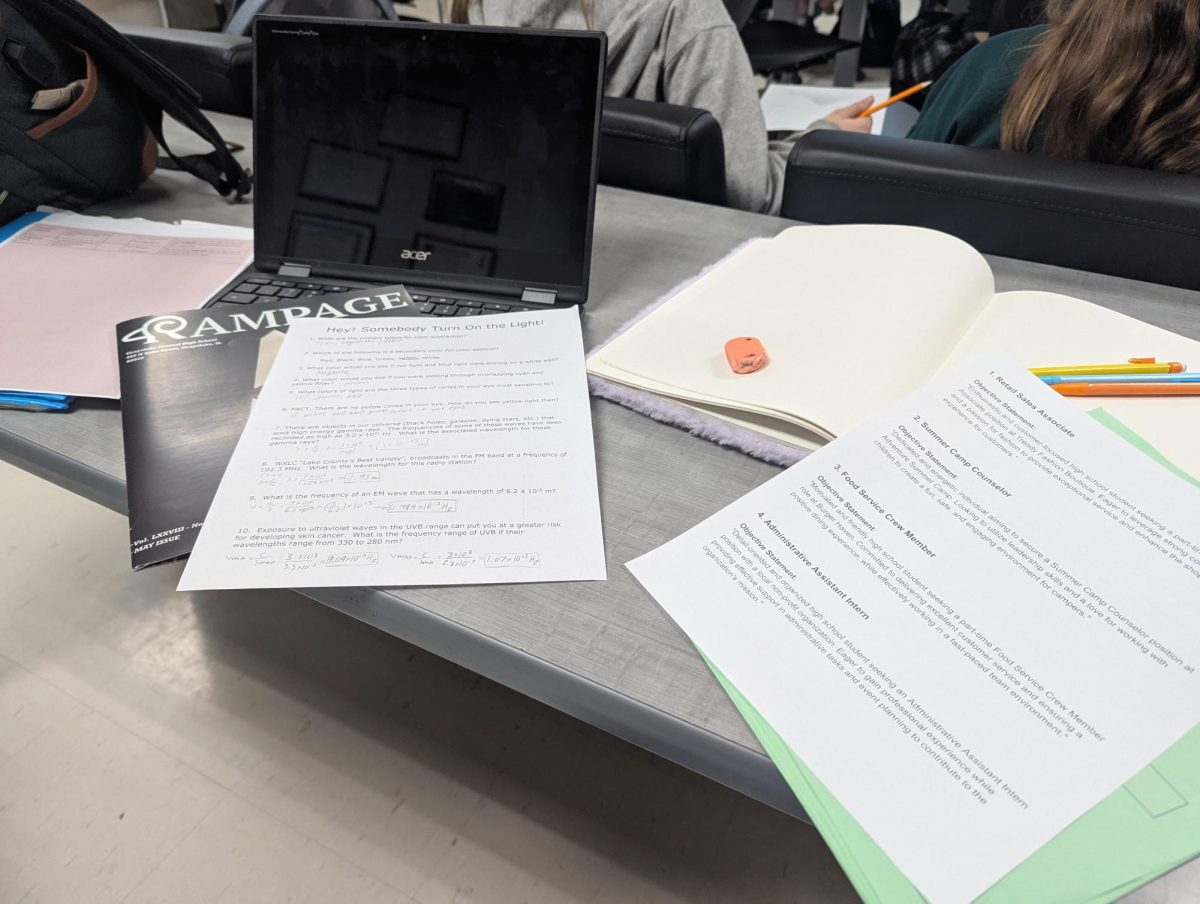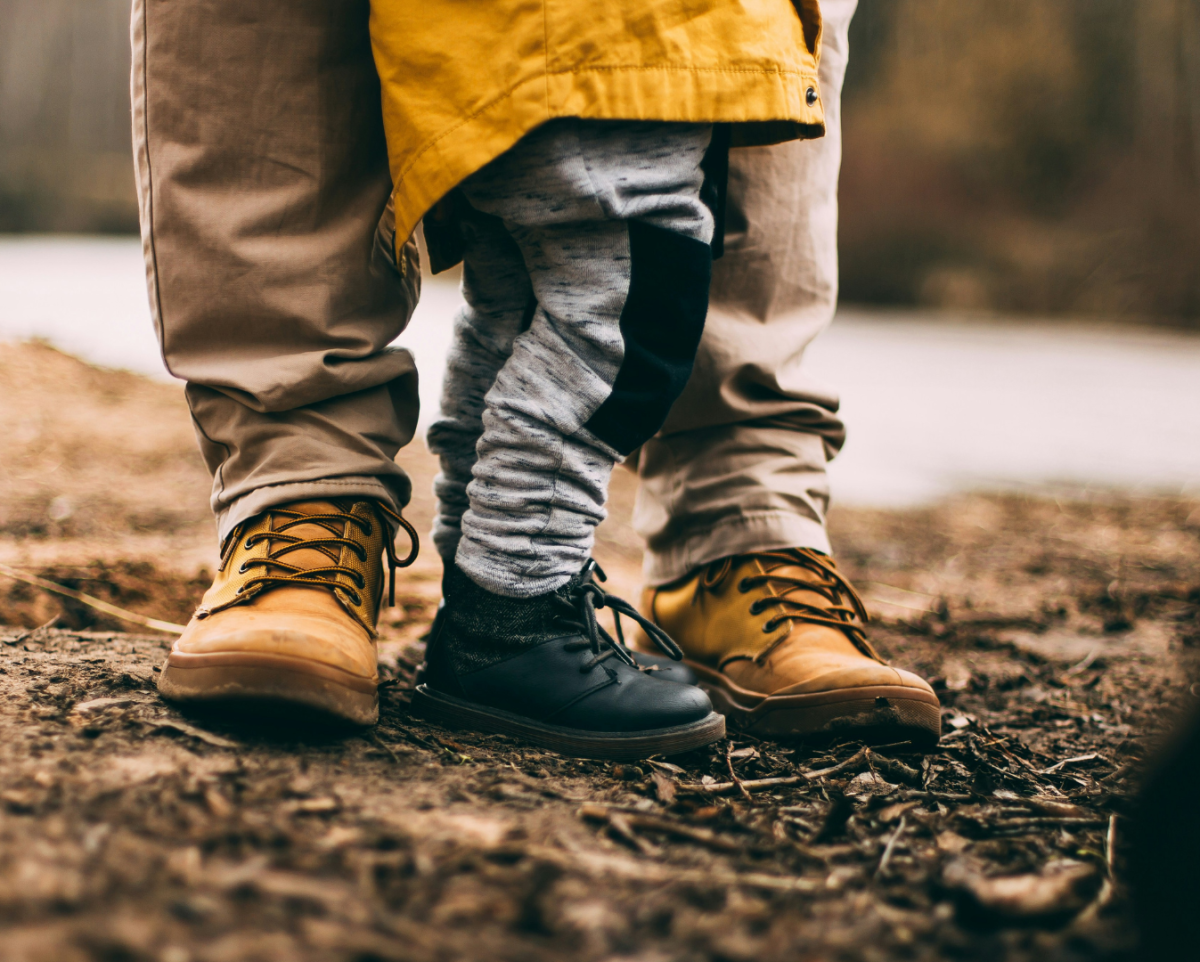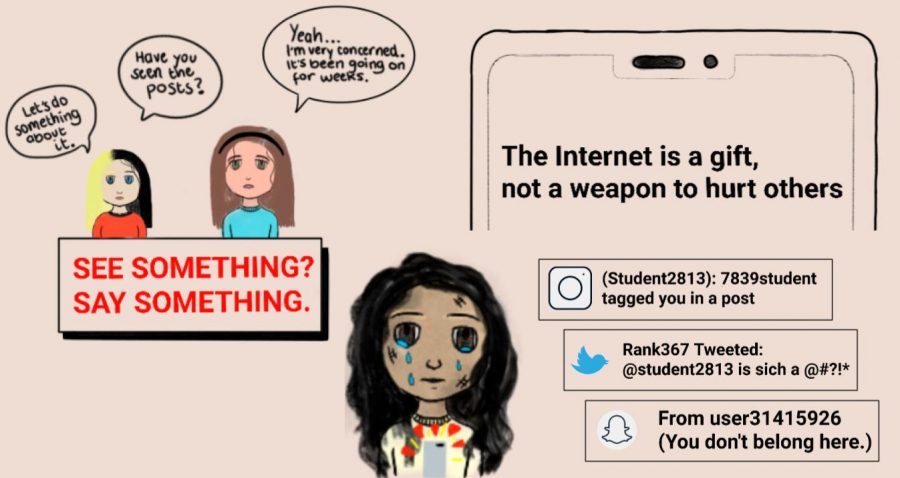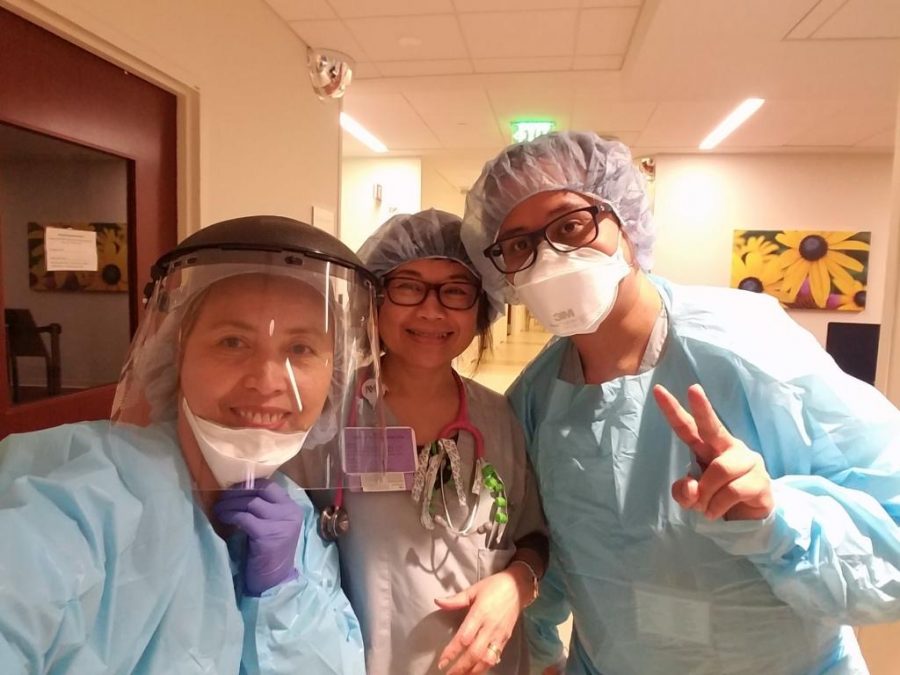Perspectives of frontliners in the medical field during COVID-19
Healthcare workers describe their experience currently during the pandemic
May 4, 2020
Throughout the COVID-19 pandemic, people working in healthcare, as well as other essential workers, have been working hard while trying to keep people safe and healthy at home. The jobs of millions of healthcare workers across the country have become more dangerous. They have a higher risk of being infected by the coronavirus from the high exposure of sick patients they have to face every time they go to work. The standard infection prevention recommends healthcare workers to change masks before coming in contact with each patient. However, with the shortages of PPE (personal protective equipment), these workers have to wear the same N-95 masks throughout long hour shifts.
New procedures implemented
Patient care technician (PCT) Fredy Munoz works in the emergency room at the Lake Forest Northwestern Hospital. He works closely with the patients and does tasks such as getting their vitals, electrocardiograms, drawing blood, and so much more. He explains the procedures he and his coworkers have to go through when taking care of positive COVID-19 patients.
“The care is simple, give oxygen if needed, treat the fever with Tylenol, and supportive care. In some cases patients who are extremely sick, get intubated (an artificial airway). We limit the number of providers allowed in the room, and we also limit the number of times a provider enters the room. This does require all of us involved in patient care to be as thorough as possible on our first encounter,” says Munoz.
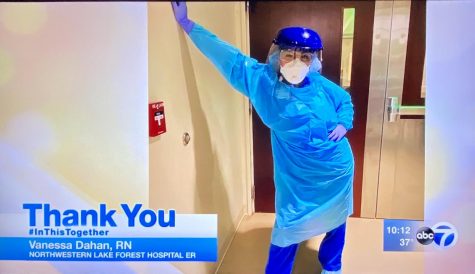
Registered nurse (RN) Vanessa Dahan also works at the same emergency room as Munoz. She and other nurses and doctors work together in a fast-paced environment to decide whether it is safe for a patient to be discharged or admitted to the hospital. She describes that they now have to wear “hospital provided scrubs, work shoes, and PPE to help mitigate the spread of infection in the context of COVID-19. We additionally are required to utilize the same N-95 mask throughout our shift. This means we carry our mask around in a brown paper bag when not in use,” says Dahan.
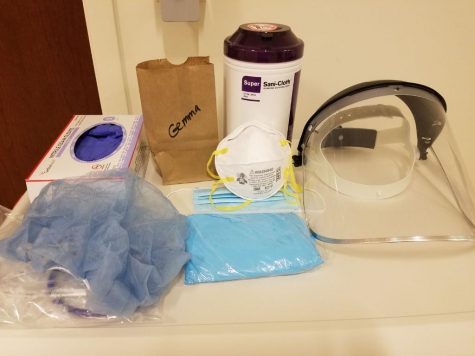
Struggles in and out of work
Working in healthcare has become harder than it was before the pandemic. Before, each nurse was able to handle at least five patients per shift, but now, nurses are assigned to two COVID-19 patients and have longer hours. This is because it takes a longer time for them to change into PPE before coming in contact and the high maintenance when taking care of each patient. They also face other problems like worries of bringing this virus and the possibility of infecting loved ones at home.
Another issue is that since COVID-19 has come unexpected, there wasn’t that much to be prepared and there’s so much uncertainty of what’s going to happen. “One of the biggest struggles [at work] is not fully understanding the novel coronavirus in the context of prevention, symptom presentation, long term effects, and vaccinations,” says Dahan.
Rewards and recognition during this pandemic
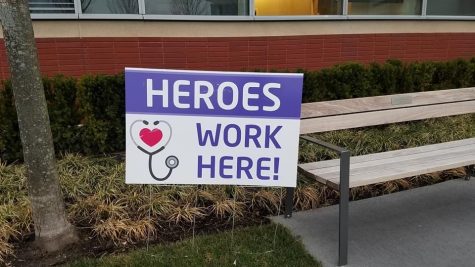
Healthcare workers as well as first responders have been appreciated by their community and on social media of their service during this time. They have received food from local restaurants and letters thanking them for what they are doing. McDonald’s is even giving free Thank You meals until May 5 to these frontline heroes whenever they show their work badge at drive-thrus or through carry out. “To be given so many thank yous, to be recognized, and to be supported is a beautiful thing. We face things like this every day, not so much in a pandemic sense, but the intensity every day at work,” says Munoz.
Advice for us during quarantine
The biggest take-aways that these healthcare workers advise people is to wash your hands, coughing into your elbow, stay at home, and they don’t mean to be harsh, but don’t visit friends and family if not needed. Only go out if it is essential, and wear a mask when in public, such as a cloth face covering. Save the surgical and N-95 masks for the healthcare workers.
They lastly advise that if you’re not showing any symptoms, do not assume right away to go to the ER just to get a coronavirus test. If you’ve been in contact with someone who is test positive, isolate yourself and wait for a few days until symptoms show.
All of these are ways to prevent the spread and help out COVID-19 frontliners and make their jobs easier.
